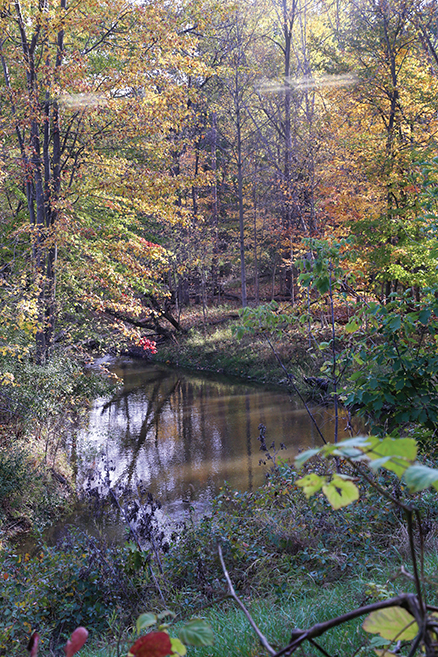Why is NPDES Needed?
Water covers 71% of the earth’s surface, however, 3% is usable freshwater (aka our lakes, rivers, and groundwater). Stormwater goes to the rivers and lakes without any treatment, therefore what we do on the land impacts our water quality. We aim to raise awareness of common behaviors that contaminate our limited freshwater supply while highlighting actions individuals can take to reduce pollution.
Everyday Examples: Mowing, Fertilizing, Washing
Grass clippings on the lawn break down and feed the lawn which is great! However, grass clipping on the road flows into the lakes and streams, which decompose and release nutrients. It’s natural for grass to enter freshwater in small amounts, however, large quantities cause chemical reactions that release an abundance of nutrients that replace oxygen. The impacts the water’s ability to support its natural ecosystem. Additionally, high oxygen levels breed algae blooms, odors, and other negative effects. Over the years people have dumped grass and leaves directly into the streams, not realizing the impact.
Fertilizer application on grass and gardens is a healthy, natural process. Unfortunately, when applied on slopes, pavement, or next to open water, the impact on our freshwater is similar to that of grass clipping and leaves.
Car washing on pavement will go directly or indirectly to the storm drains and take the dirt and soap with it to the rivers and streams. Professional car washes have to take their dirty water to the sanitary sewer to be cleaned up at the treatment plant. When washing at home, it is best done on the lawn.
Stormwater Flows Explained
Some roadways are constructed with curbs and gutters. When it rains, water is directed along the gutter on the side of the road to catch basins where the runoff enters a storm sewer. The storm sewers are buried beneath the ground and convey the water to nearby county drains, streams, or ponds.
Other roadways are constructed with ditches along the side of the road. Culverts are used under driveways and roads to connect the ditches together. The drainage ditches either convey the water directly to nearby streams, ponds, or a nearby catch basin in the ditch. These catch basins are then connected to underground storm sewers which drain water to nearby county drains, streams, or ponds. ( Illustration )

